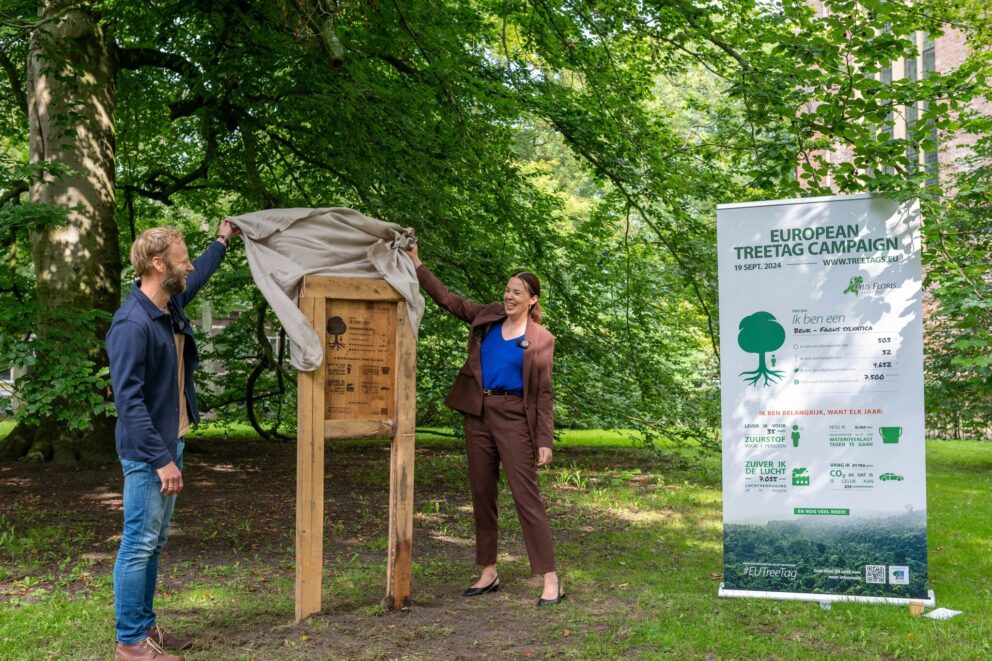Who is going to pay for natural infrastructure and the resulting benefits that can be enjoyed by numerous stakeholders? Recent research on financing urban greening development and governance offers advice on connecting ecology and economy more effectively.
The Benefits and Value of Urban Greening
Green infrastructure has grown in prominence as urban planners, politicians, environmental specialists, landscapers, and other professionals from the green working field have promoted its socio-economic and ecological value in urban areas.
An urban green infrastructure can help dealing with climate change impacts such as increased drought, and mitigate of poor air quality and heat stress, promote improved quality of residence, and support economic prosperity and the well-being of city dwellers.
Restraints to Invest Based on Outdated Appreciation of Urban Green Infrastructure
Despite these widely understood potential benefits, an urban green infrastructure is often met with implementation obstacles at local level. Investments can be undermined by weak organizational understandings of the financial and societal value of green infrastructure.
Consequently, decision-makers and developers are often reluctant to support urban greening. In many cases, their restraints are based on the outdated appreciation of economic-ecological value compared to other built infrastructure.
Connecting Ecology and Economy
According to recent studies, there are multiple opportunities to align alternative funding mechanisms, when urban green infrastructure is used to promote cooperation between economically and socio-ecologically focused stakeholders.
Learning from London, Bologna, Copenhagen, Glasglow, and Hamburg
Ian Mell is Lecturer in Environmental & Landscape Planning at the University of Manchester. He has examined the role of alternative funders, forms of urban greening, and policy evaluations in urban green development. The researcher focused on public, private and environment sector practice in London, UK but the main conclusions can also be used in other cities.
His findings are in line with the conclusions of Clara Pietrek’s whitepaper ‘Investing in a Green Urban Future’, which features inspiring examples from four other European cities: Bologna, Copenhagen, Glasglow, and Hamburg.
These examples tell us that collaborations between different public and private actors are the way forward when it comes to innovative financing mechanisms. Public budgets can be effectively combined and public funding can serve as a springboard for private actors to invest in urban greening.
Key Take-Aways
Here’s a summary of the main findings of the research on financing urban greening development and governance:
- We can’t rely on the city council, nor regional authorities, nor national government to cover (all) the costs of green infrastructure. Multi-stakeholder collaborations are the way forward.
- There is a lot of knowledge/innovation across public and private environmental sectors to draw in and benefit from.
- Developers do understand when economic values stake up, and get how the benefits of an urban green infrastructure are drivers for economic upgrading.
- Bids can act as effective conduits for development in green infrastructure. Ideally, maintenance of the green infrastructure for a longer period of time (governance) should be included as well. However, in many cases SMEs do not have the (financial) capacity to bid
- Long-term engagement with green infrastructure leads to increased funding from across all stakeholders. This underscores the importance of building and securing long-term relationships and involvement from all stakeholders.
- Branding and positive perceptions of business/products generate buy-in. It is key to understand who benefits from what and to communicate this effectively. This can range from cost-savings to increasing the value of real estate to marketing benefits.
- Environmental sector are amazing conduits bringing it all together. Still, a regional Centre of Vocational Excellence (CoVE) on urban greening could have added valued as a hub where all stakeholders can team up through a public-private partnership.
- There’s no single solution, but lots of options. Both for the way the cooperation is structured, and the financial model. Aligning the different needs and interests from the various stakeholders by creating new financial arrangements is the key to unlocking more private funding.
- Knowledge of green infrastructure is key. This is another aspect where CoVEs and a European network for urban greening could be of added value.
Who Benefits From What? Communicating the Incentives of Urban Greening
Budgets and investments are often available for specific ends, such as vitality, safety, climate, or nature. We have to blast through this silo thinking and look more holistically at the various challenges to successfully seize the opportunities .
For collaborations to become successful, it is key to understand who benefits from what and to communicate this effectively. These benefits can range from cost savings to increasing the value of real estate to marketing benefits.
Each stakeholder needs an incentive to engage in urban greening projects and financial arrangements need to reflect these various incentives by structuring clear and recognizable components.
Since the current financing schemes still largely rely on public funding, the next step is to develop more, and more accessible, financial arrangements to attract private investors and scale up the implementation of urban green infrastructures.





